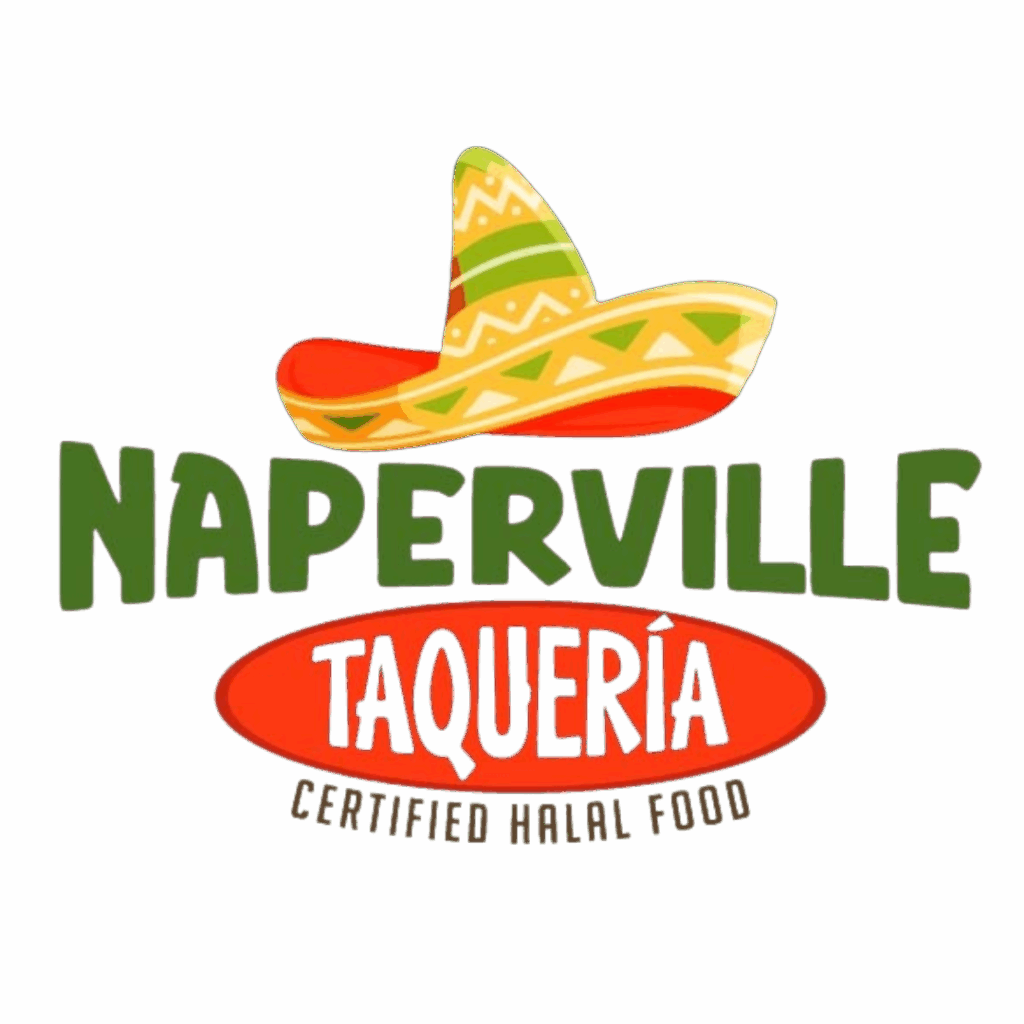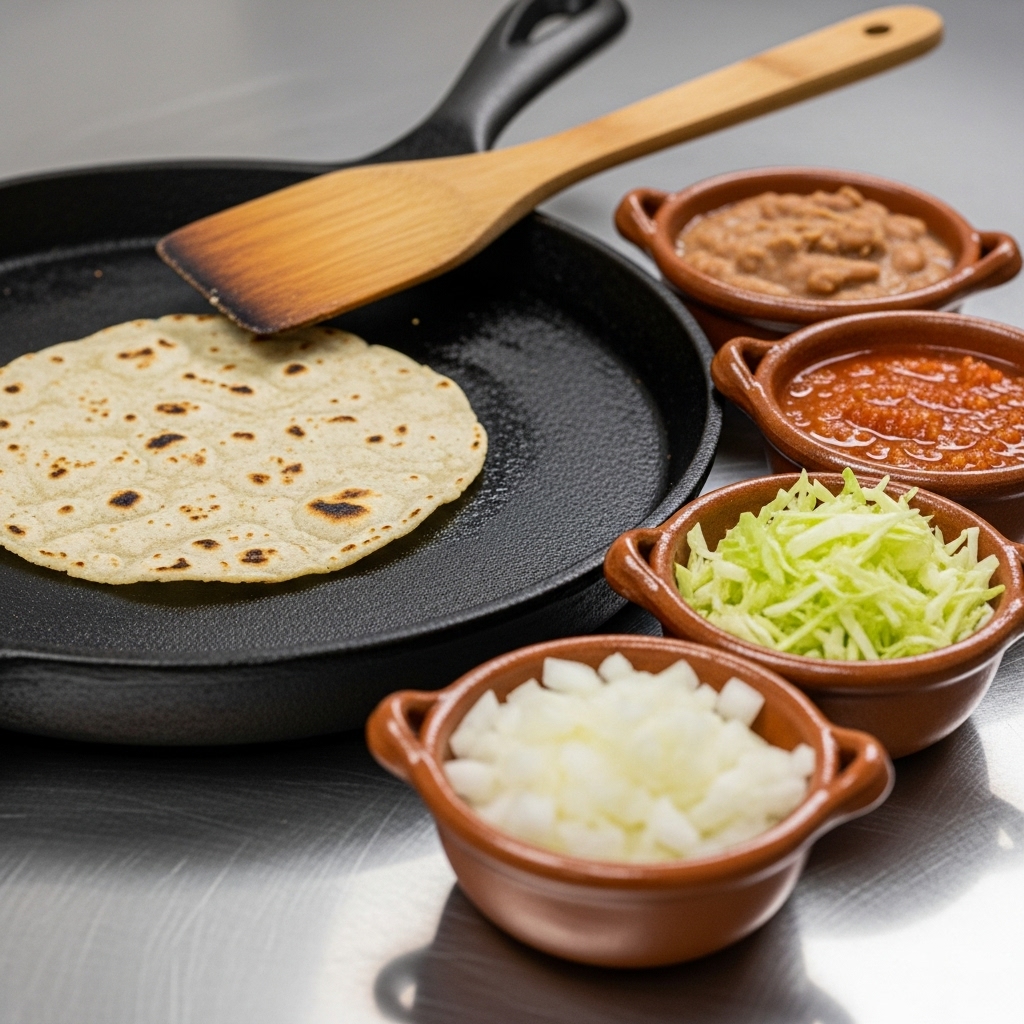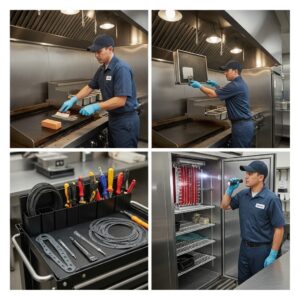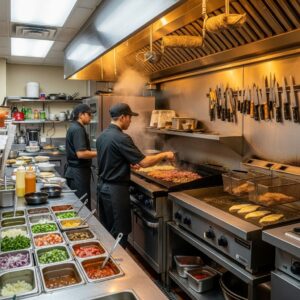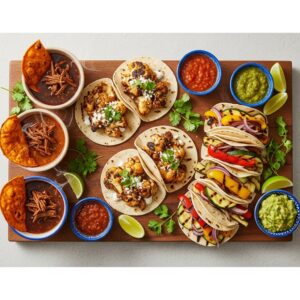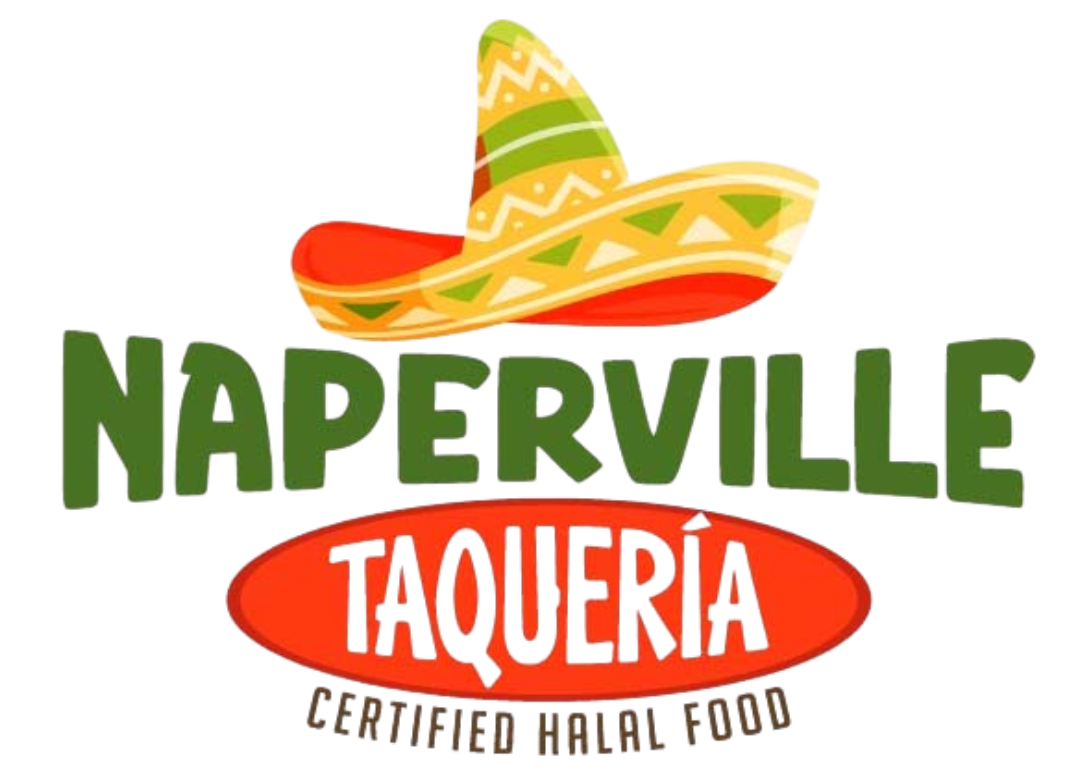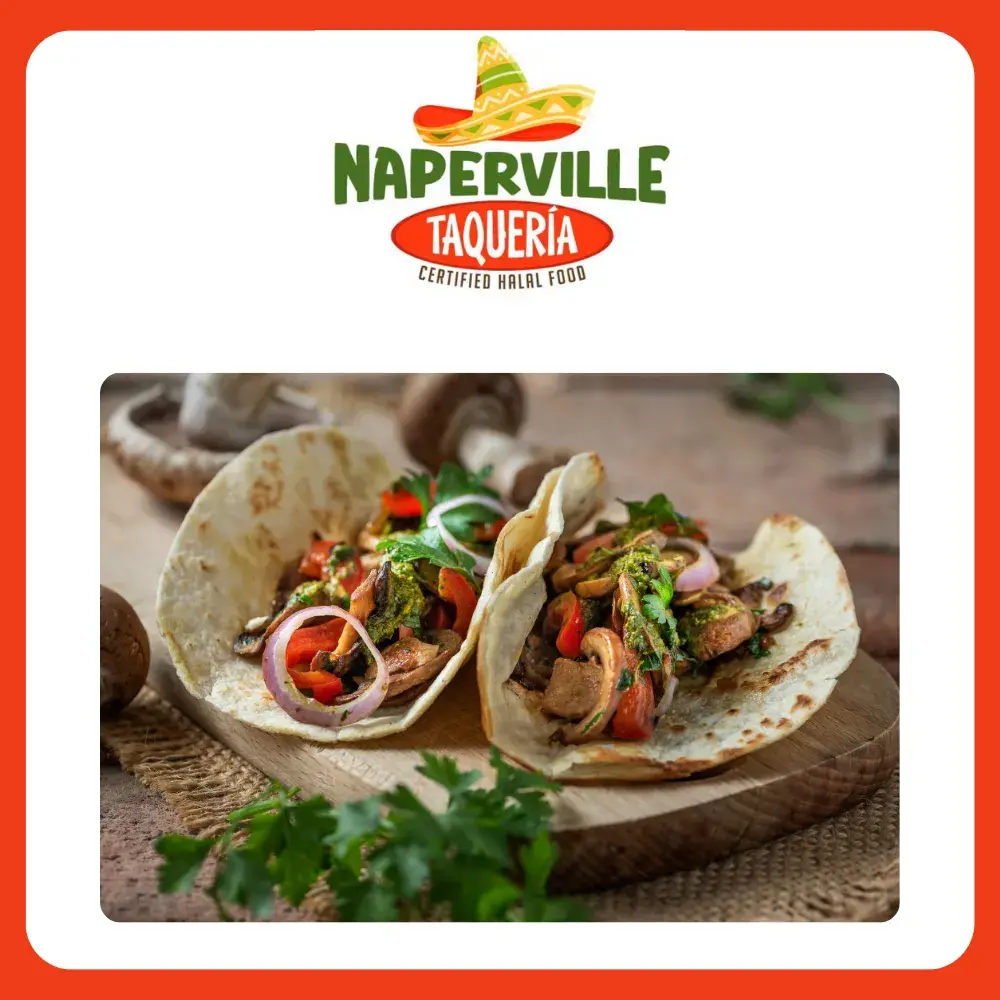Every Naperville local knows the small heartbreak of a soggy taco shell. You leave the counter excited, sit by the window with a view of the Riverwalk, take a first bite—and the bottom gives way, sending juices and salsa streaming onto your plate. Fortunately, that scene is avoidable with a little attention to the physics of heat, moisture, and timing. Over the years, cooking in home kitchens from Brookdale to south Naperville and eating our share of tacos on busy weeknights, we’ve learned reliable ways to preserve that delicate balance: a tortilla that stays supple yet strong, a filling that’s juicy but not wet, and a salsa that sparkles without soaking everything. As you hone your taco game, it helps to study how thoughtful kitchens compose their plates, and even to glance through a restaurant’s menu for clues about technique and layering. With a few habits, your tacos can hold together from first bite to last.
Start with heat: warming tortillas the right way
A tortilla warmed properly is your first defense against sogginess. Whether corn or flour, heat it on a dry skillet or comal until it softens and shows specks of color. The surface heat creates a whisper-thin barrier, making the tortilla more resilient. If you’re cooking for a group, keep warmed tortillas wrapped in a towel to trap gentle steam without letting them sweat. Microwaving can work in a pinch, but go low and slow: a few seconds wrapped in a slightly damp towel, then a rest so the heat equalizes. You want a pliable tortilla that drapes, not a limp one that wilts the moment it meets salsa.
Moisture management: drain, rest, and layer
Juicy fillings are wonderful until gravity gets involved. If you’re cooking at home, give meats a rest after they come off the heat so juices redistribute, and spoon fillings out with a slotted utensil. Beans benefit from a quick mash to hold their moisture. Even vegetables can get a brief stint over higher heat to drive off excess water after roasting or sautéing. When assembling, think about capillaries: a thin base of something that traps moisture—refried beans, mashed avocado, or even shredded cabbage—creates a buffer between tortilla and juicier components, preserving structure without sacrificing flavor.
The order of assembly matters
Build from drier to wetter. Start with your buffer layer, add the protein or vegetable filling, then finish with salsa and fresh garnishes. A light hand with salsa on the first pass lets you taste and adjust without flooding the tortilla. If you love extra saucy tacos, serve more salsa on the side and spoon it in bite by bite. This slows the moisture load and keeps each mouthful lively.
Double tortilla or not?
In Naperville’s homes and taquerias alike, the double-tortilla method is a trusted fix for especially juicy fillings. If you use two thin corn tortillas, align them so their seams don’t match, which distributes stress and reduces tearing. The second tortilla also becomes a safety net if the first weakens, so you can keep eating gracefully rather than scrambling for a fork. That said, a well-warmed single tortilla can be perfectly sturdy when assembly and moisture are managed well. Choose the method that fits the moment.
Salsas: brightness without the flood
Salsa is essential, but not all salsas behave the same. A tomatillo-based salsa tends to be thinner and more acidic, great for cutting richness but prone to soaking. Roasted tomato salsas often cling better thanks to their thicker body. Chunkier pico de gallo has a lot of free liquid; if you adore it, use a spoon that drains or give it a quick strain. Consider finishing with a sprinkle of salt and a squeeze of lime right on the filling to amplify flavor without relying on extra scoops of liquid salsa that can sink your tortilla.
Temperature and timing
Naperville’s seasons swing from humid summers to dry, cold winters, and both conditions affect tortillas. In humidity, tortillas can absorb moisture from the air, so keep them wrapped and assemble close to the moment you eat. In winter, tortillas cool quickly; a cold tortilla becomes brittle and more likely to crack and spill. Have your fillings ready and warm the tortillas last. Serve promptly so the tortilla’s heat meets the filling’s heat, bonding them into a single, flexible structure that resists sogginess.
Smart takeout and delivery habits
On nights when you’re ferrying kids from practice on 75th Street or just want to tuck in at home, takeout is the plan. Ask for tortillas and salsas packed separately, and rewarm tortillas just before eating. If your kitchen has a countertop griddle or even a dry skillet, a brief reheat will restore flexibility. Assemble one taco at a time. Keeping components separate during the drive home drastically reduces the chance of moisture pooling and softening the tortillas.
Choosing fillings with structure
Some fillings hold up better than others. Carne asada, carnitas with a crisp finish, or roasted vegetables that have shed excess water tend to stay composed. If you love braises with brothy juices, spoon them in measured amounts and consider that buffer layer. Beans and cabbage do double duty here: they add nutrition and texture and act as sponges where you want them to.
Garnishes that help, not hurt
Fresh onion, cilantro, and radish add crunch without much moisture. Cabbage is particularly helpful because it keeps crunch even when it meets heat, and it wicks liquid away from the tortilla. Avocado can act like a sealant, but go easy; too much creates slip that makes the filling slide out on first bite. Lime is best applied at the very end and directly onto the filling so you’re not soaking the tortilla.
Practice makes instinct
After a few rounds of tacos at home, you’ll develop a feel for how wet a filling can be and how long a tortilla needs on the skillet. That instinct is the line between good and great. Watch how your favorite taquerias do it. Notice the order in which they layer, how much salsa they ladle, and how quickly plates move from plancha to table. For additional clues, spend a minute with the menu and notice the pairings: which salsas come with which fillings and how garnishes support the main act. Those combinations are the product of repetition and thoughtful tweaks.
When things go sideways
Even careful cooks will occasionally over-sauce or under-warm. If a tortilla starts to give way, slide a second tortilla underneath before the tear spreads. If the filling is too wet, switch to a thicker salsa and add a bit of cabbage or beans to absorb moisture. If the first taco ran away from you, build the next with a lighter hand and add salsa as you eat. Tacos are forgiving, which is part of their charm.
Confidence for home cooks
In Naperville kitchens, tacos often serve as a weeknight anchor because the learning curve rewards you quickly. Each meal teaches you something small—how a few seconds longer on the pan transforms the tortilla, how resting meat yields cleaner, more cohesive bites, how a pinch of salt on diced onion heightens everything without adding liquid. Over time, your tacos will not only resist sogginess but also feel more expressive, with textures that make every bite land just right.
FAQ
Why do my tortillas tear even when I warm them? They may not be warm enough or evenly heated. Give corn tortillas time on a hot, dry surface until they’re pliable with light brown speckles. Keep them wrapped so they don’t dry out, and assemble close to mealtime to prevent cooling and cracking.
How do I keep salsa from soaking the tortilla? Use thicker salsas for the base and add thinner salsas bite by bite. Consider straining pico de gallo briefly and finishing with lime directly on the filling. Build with a moisture buffer like beans or cabbage to protect the tortilla.
Are double tortillas the solution to sogginess? They help with very juicy fillings, but technique matters more. Warm tortillas properly, let fillings rest, and layer strategically. Double up when you need insurance, especially for braises or when eating on the go.
What’s the best way to reheat tortillas for takeout tacos? A dry skillet over medium heat works well. Warm each tortilla until supple, stack, and keep wrapped. Avoid overheating, which makes them brittle, and avoid microwaving without a cover, which can make them limp.
Do certain fillings stay crisp longer? Yes. Carnitas with a final sear, grilled meats, and roasted vegetables with dry edges maintain structure better. Saucy braises require careful spooning and smart layering to prevent sogginess.
Ready to put these tips to work? Invite a few friends, gather your favorite fillings, and build tacos that stay crisp and lively from first bite to last. If you’re looking for pairing inspiration, take a quick look at the menu and let the combinations guide your next taco night.
